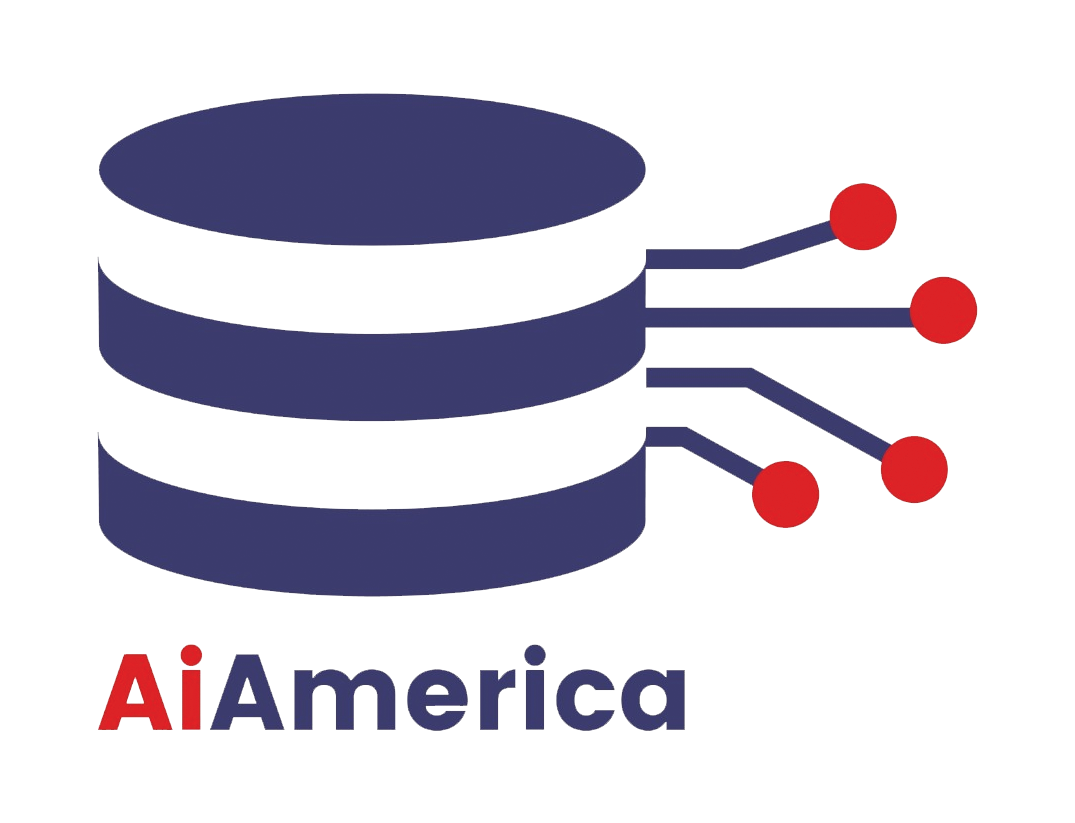
Close

Introduction:
Unveiling the World of K-Means Clustering
K-Means clustering is a versatile and widely-used unsupervised machine learning algorithm. In this comprehensive guide, we’ll embark on a journey to demystify K-Means, exploring its concepts, applications, and practical implementation. Whether you’re new to machine learning or a seasoned data scientist, this guide will equip you with the knowledge to harness the power of K-Means clustering effectively.
Chapter 1: Understanding the Basics
What is Clustering?
An introduction to clustering and its significance in data analysis.
The K-Means Algorithm
Exploring the core principles of K-Means, including centroids, clusters, and the steps of the algorithm.
Chapter 2: Applications Across Industries
Customer Segmentation
How K-Means aids businesses in understanding and segmenting their customer base for targeted marketing.
Image Compression
The role of K-Means in reducing the storage size of images while preserving visual quality.
Anomaly Detection
Detecting outliers and anomalies in data using K-Means clustering.
Chapter 3: Implementation
Choosing the Right K
Methods to determine the optimal number of clusters (K) for your data.
Feature Scaling
Why scaling features is crucial in K-Means clustering and how to do it.
Evaluating Clusters
Metrics like the Silhouette Score and Inertia for assessing the quality of clusters.
Chapter 4: Hands-On with Python
Setting Up the Environment
Creating a Python environment for K-Means clustering using libraries like NumPy and scikit-learn.
Data Preparation
Loading and preprocessing data for clustering.
K-Means Implementation
Writing Python code to perform K-Means clustering on a dataset.
Chapter 5: Real-World Examples
Market Segmentation
A case study on how a retail company used K-Means clustering to segment its market and tailor marketing strategies.
Image Compression
An example of applying K-Means to reduce the size of images.
Chapter 6: Best Practices and Tips
Handling Large Datasets
Strategies for efficiently applying K-Means to large datasets.
Dealing with Outliers
Mitigating the impact of outliers on clustering results.
Chapter 7: Advanced Topics
Hierarchical Clustering vs. K-Means
Comparing K-Means with hierarchical clustering and when to use each.
Enhancements and Variations
Exploring variations of K-Means, including K-Medoids and MiniBatch K-Means.
Conclusion:
K-Means clustering is a valuable tool for data analysis, offering insights into patterns, segments, and anomalies within your data. As we conclude this comprehensive guide, you’ve gained the knowledge and practical skills needed to leverage K-Means effectively in a variety of applications.